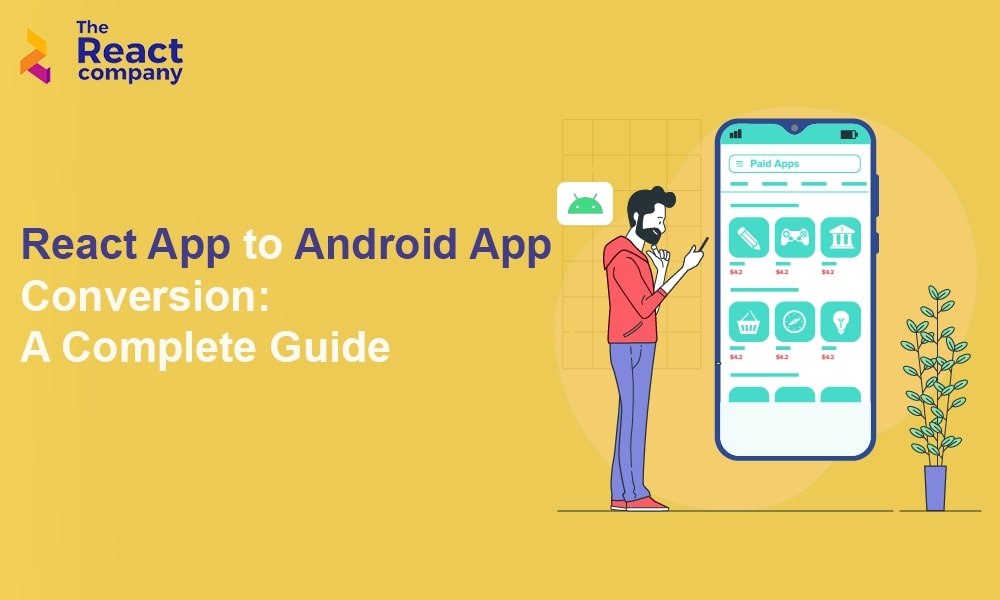In the ever-evolving world of technology, having a presence on multiple platforms is essential. If you’re a React app developer looking to expand your reach, converting your React web app into an Android app is a smart move. This process may seem daunting, but fear not! In this guide, we’ll take you through the steps to convert your React app into an Android app, making your application accessible to a broader audience.
Step 1: Understanding the Tools
Before diving into the conversion process, it’s essential to understand the tools and technologies involved.
1. React Native: The Bridge Between React and Android
To convert your React app into an Android app, we’ll leverage React Native, a framework that allows you to build native mobile applications using React. React Native bridges the gap between web and mobile development, enabling you to reuse much of your existing React code.
Step 2: Preparing Your React App
Now, let’s prepare your existing React app for the Android conversion.
1. Project Structure
Organize your project structure to accommodate both web and mobile components. React Native projects have their own structure, so ensure your React app components are separated clearly.
2. Dependency Management
Update and add dependencies specific to React Native and Android development. This includes installing packages for navigation, state management, and other mobile-related features.
3. Styling and Layout
React Native uses a different styling approach than web development. Modify your stylesheets to adapt to mobile layouts and elements.
Step 3: Porting React Components
Now, let’s start porting your React components to React Native.
1. Begin with Simple Components
Start by converting simpler components. Components like buttons and input fields are good candidates to begin with.
2. Handling Navigation
Implement mobile navigation using React Navigation or other navigation libraries suitable for your project.
3. Data Fetching
Adjust API calls to work seamlessly in your Android app. React Native provides modules like fetch for this purpose.
Step 4: Testing on Android
Before releasing your Android app, thorough testing is crucial.
1. Emulator Testing
Utilize Android emulators to test your app on various devices and screen sizes.
2. Real Device Testing
Test your app on real Android devices to identify any device-specific issues.
Step 5: Optimizing for Android
1. Performance
Optimize your app for Android-specific performance considerations. Pay attention to memory usage and performance bottlenecks.
2. User Interface
Fine-tune your user interface to ensure it adheres to Android design guidelines and provides a native experience.
Conclusion
Congratulations! You’ve successfully converted your React app into an Android app! By using React Native, you’ve saved time and effort while expanding your app’s reach on the Android platform. As a React app developer, you’ve unlocked a new world of possibilities and potential users. Keep in mind that maintaining your Android app alongside the web version will require ongoing effort, but the benefits of a broader audience make it well worth the investment.
Now, go ahead and publish your Android app on the Google Play Store, and watch your user base grow!



